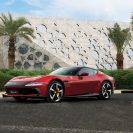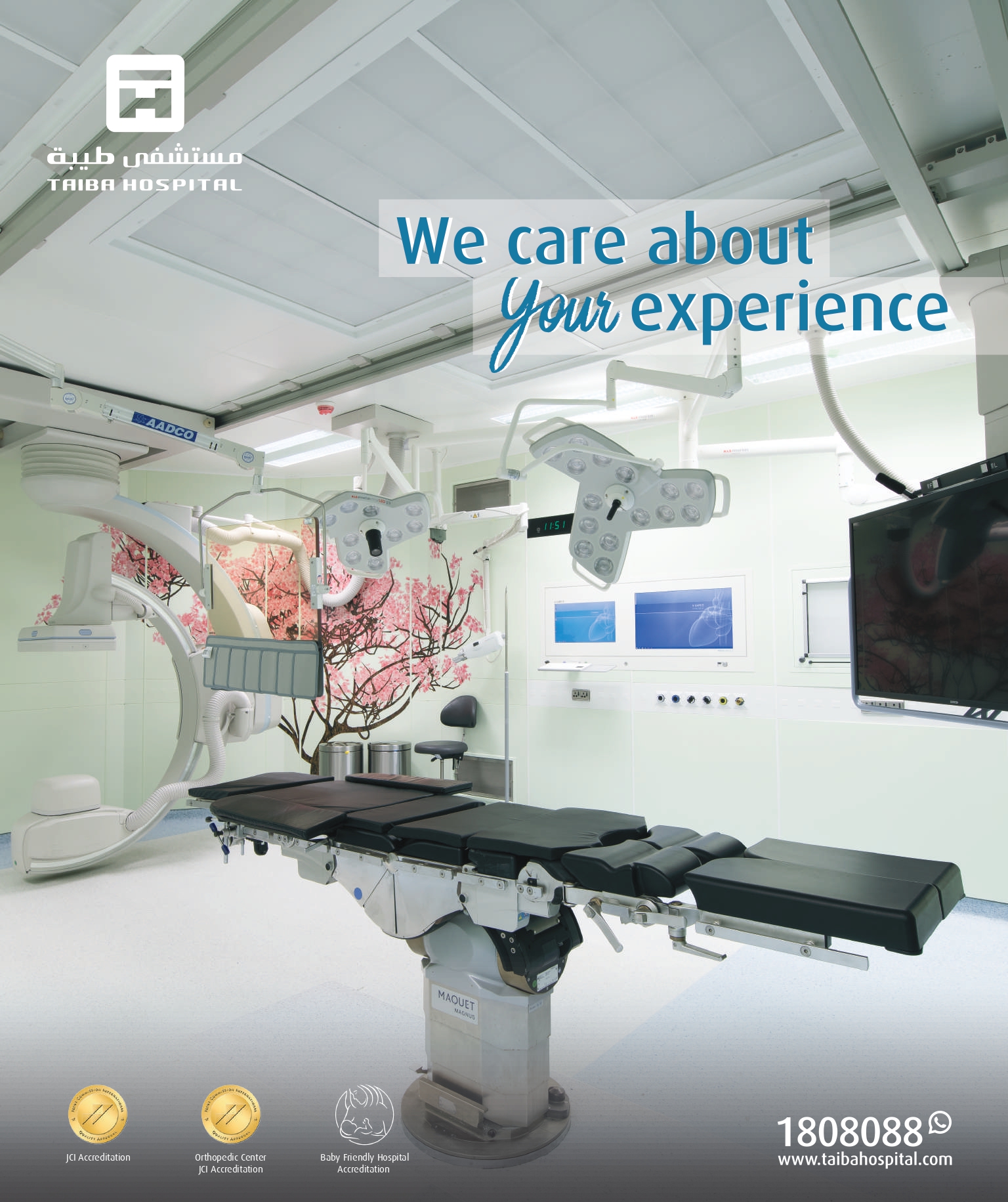In 2017, the world was introduced to Ferrari’s most powerful production car yet—the 800-cv 812 Superfast—as a part of the company’s 70th-anniversary celebration. But the significance lies not only in the milestone but also in what’s under the hood of the 812 Superfast.
If you’re not familiar with Ferrari history, then let us enlighten you! The flagship V12 Berlinetta not only symbolizes for how far Ferrari’s V12 engine has come but it also majestically highlights its deeply rooted role in the founding of the company.
In fact, Ferrari remains to this day the only manufacturer to have continuously produced sports cars with 12-cylinder engines throughout that time.
Without further ado, allow us present this brief, but illustrious, history of the Ferrari V12.
550 Maranello (1996 – 2002)
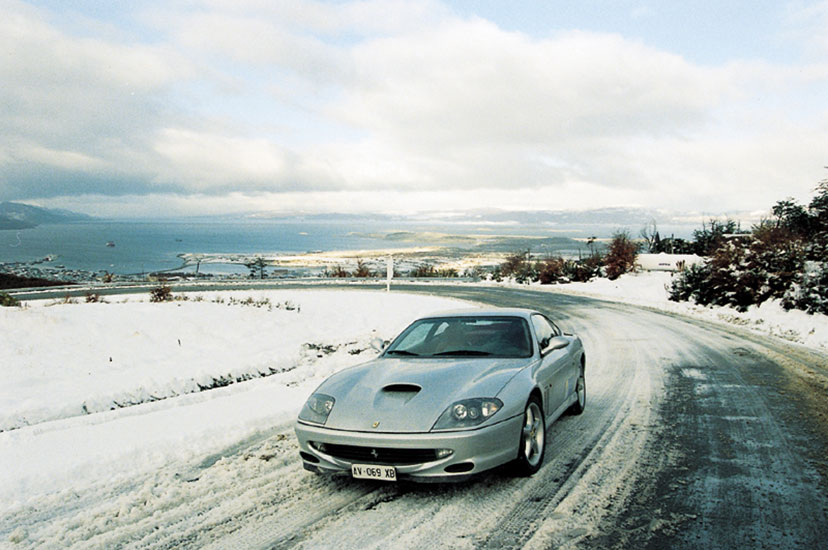
The Ferrari 550 Maranello was first presented in July 1996 at the Nurburgring racing circuit in Germany.
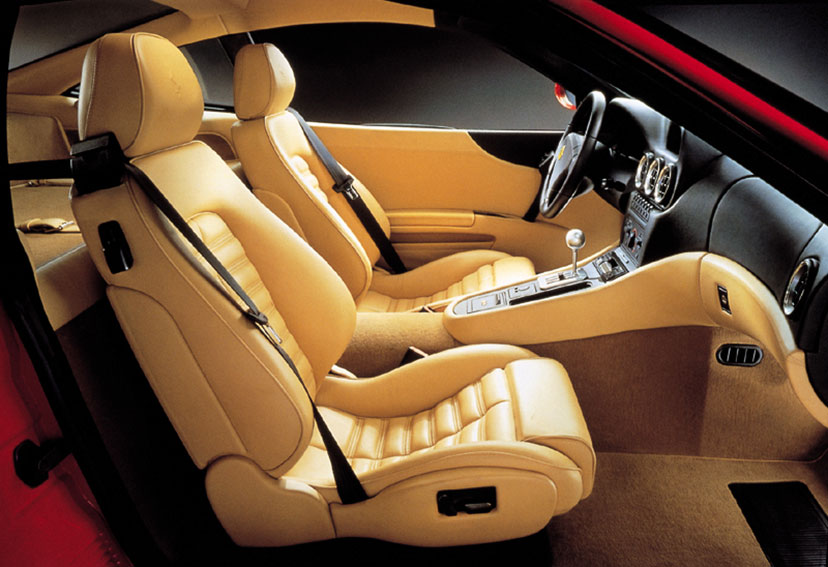
The 550 Maranello marked at that time the Ferrari’s return to a front-engine, rear-wheel drive layout for its 2-seater 12-cylinder model, 23 years after the 365 GTB/4 Daytona had been replaced by the mid-engined Berlinetta Boxer.
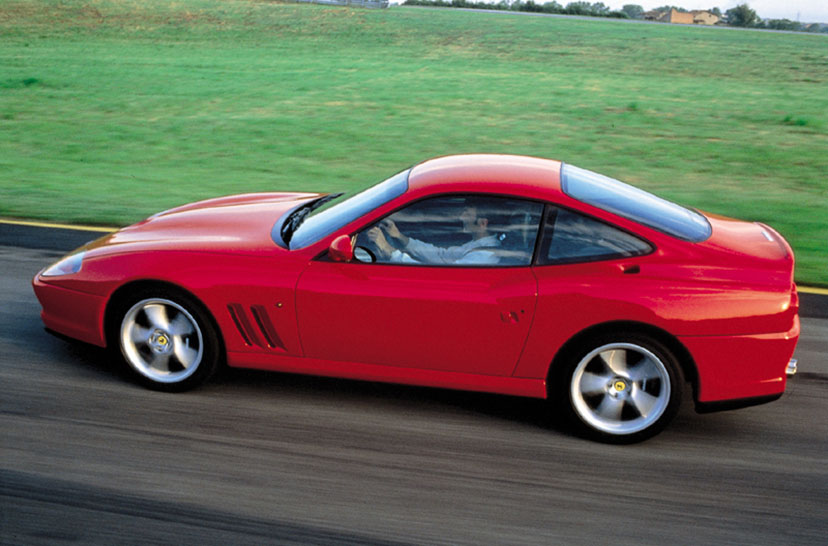
The model name referred to the 5.5-litres total engine displacement and to the town of Maranello, home to the Ferrari headquarters and factory.
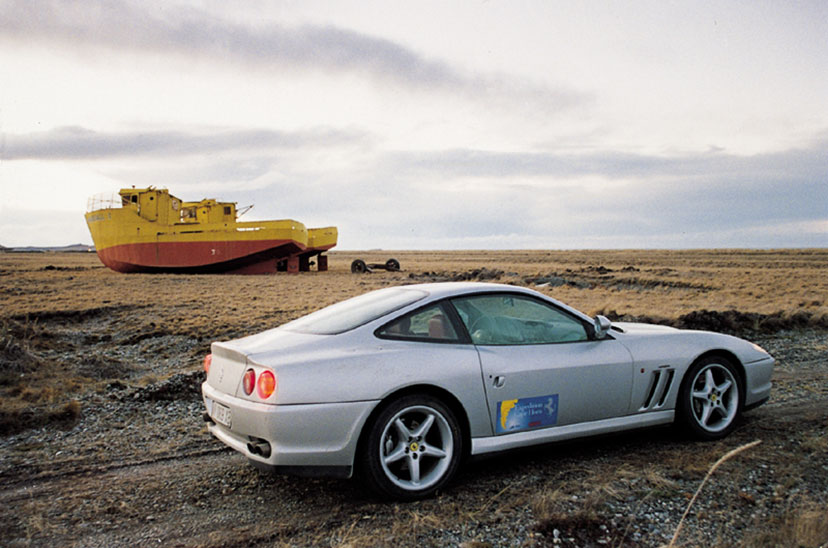
It achieved a top speed of 320km/h and could accelerate from a standstill to 100km/h in 4.4 seconds.
575M Maranello (2002 – 2006)
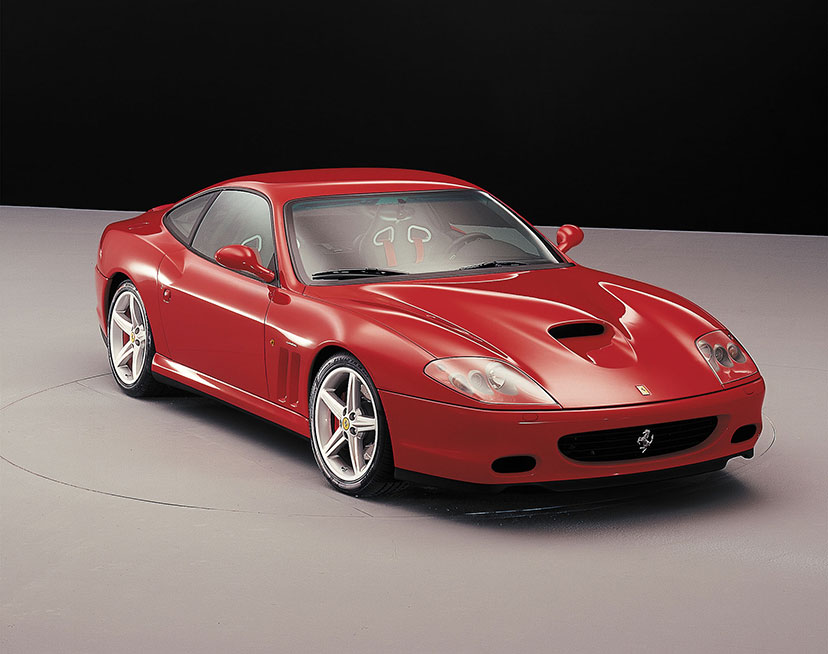
The 575M Maranello was launched at the 2002 Geneva Motor Show and had a larger 5.75-litre engine as compared to the 550 Maranello.
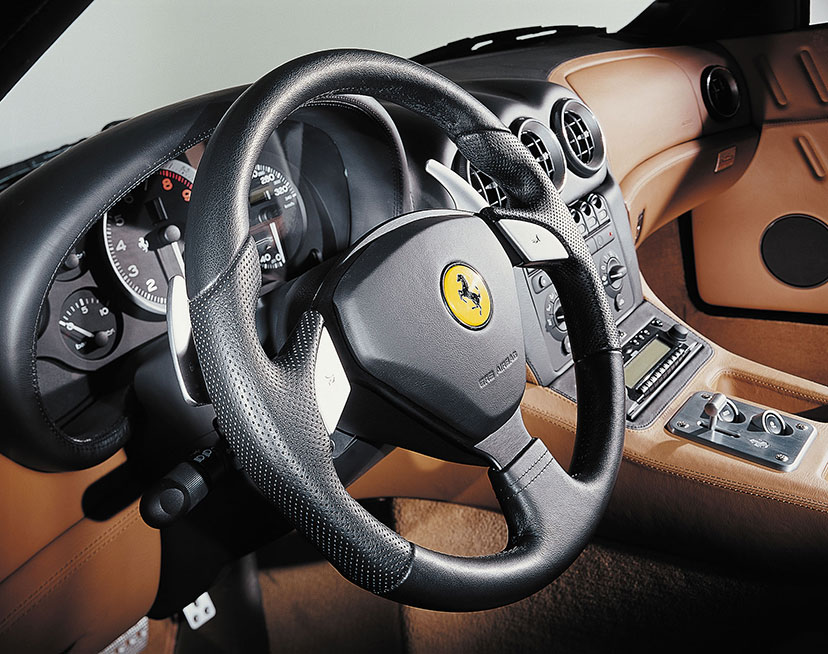
The engine was described by the new numerical code, 575, as an abbreviation of its capacity, increased from 5,500 to 5,750 cc, resulting in an increase in both power and torque.
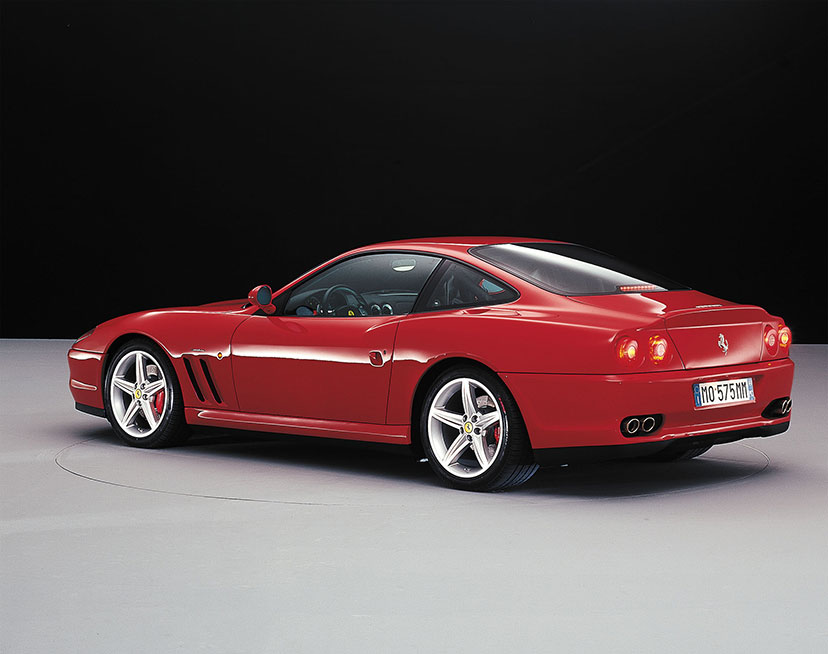
Also significant was the introduction of an F1-style gearbox, the first time this had been applied to a 12-cylinder Ferrari road car.

When it came to the style of the vehicle, Ferrari sought to retain the balance and sober looks of the 550 Maranello, in keeping with the company’s return to a front-engined high-performance car.
599 GTB Fiorano, (2006 – 2012)

Fiorano was named after the circuit Ferrari uses to hone the performance of its track and road cars. GTB stands for Gran Turismo Berlinetta after the most famous Ferrari berlinettas ever built.
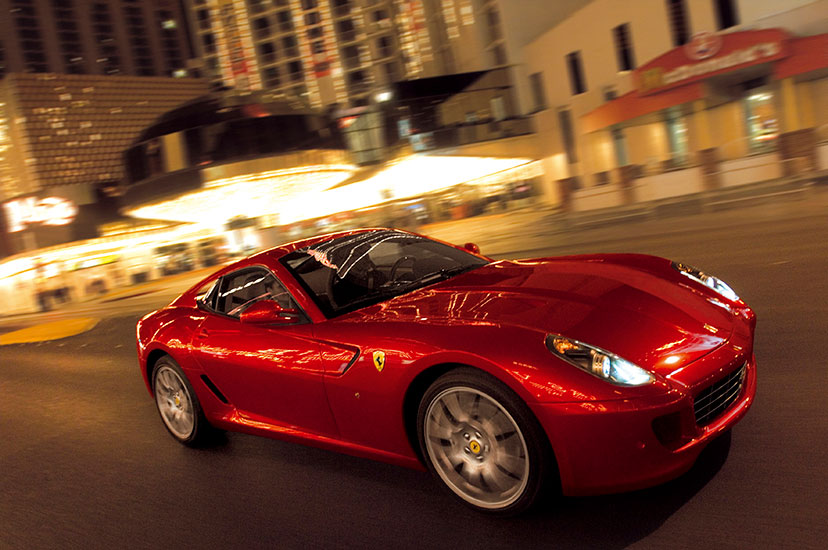
The “599” reflected the displacement of its V12 engine divided by 10 in this stunning all-aluminium two-seater, which was unveiled at the 2006 Geneva Motor Show.
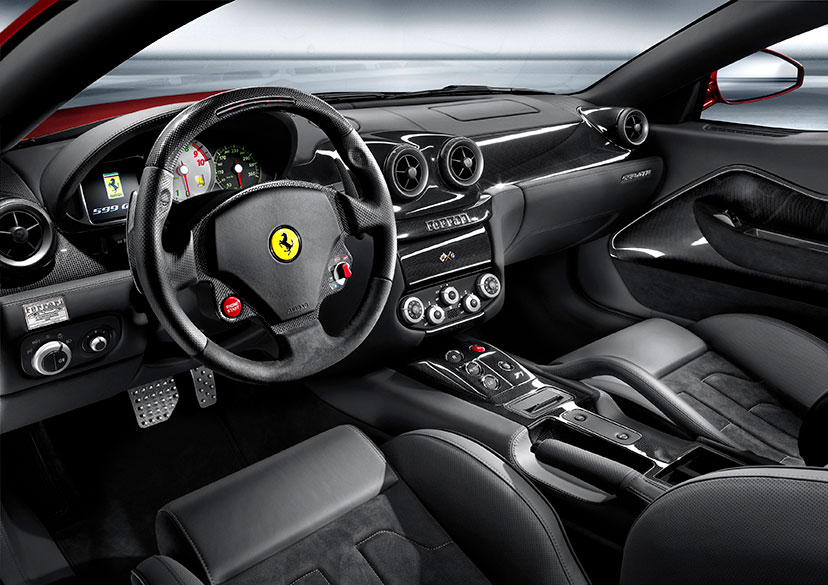
The Ferrari 599 GTB Fiorano sprinted from 0 to 100 km/h in an astonishing 3.7 seconds and boasted a top speed in excess of 330 km/h.

The Pininfarina-designed Ferrari 599 GTB Fiorano replaced the last in that great line of Berlinettas, the 575M Maranello, of which – together with the 550 Maranello – no fewer than 5,700 were been produced.
F12 Berlinetta (2012 – 2017)
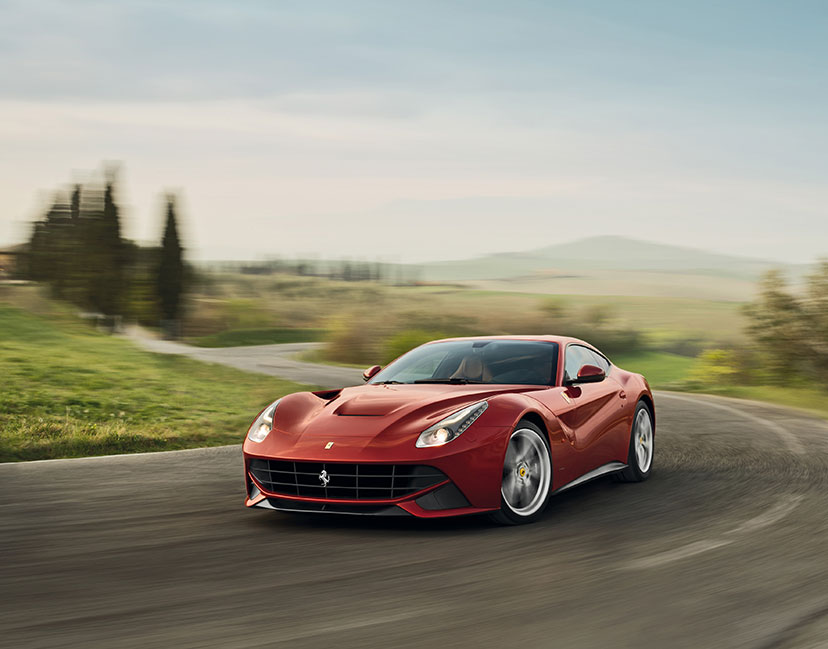
The F12 Berlinetta, released at the Geneva Motor Show in 2012, replaced the 599 family to deliver unparalleled performance with its direct-injection, 6,262cc normally-aspirated V12 engine.
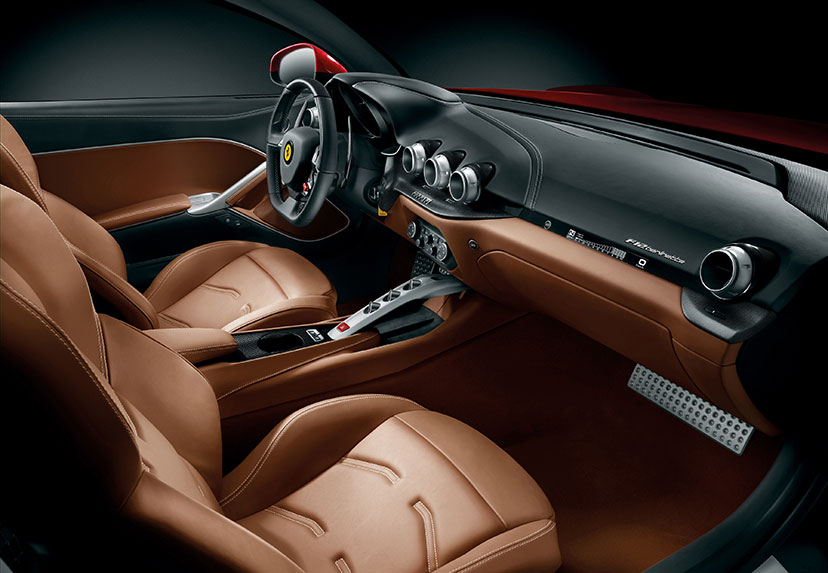
Though it looked quite different as compared to its predecessors, the signature elements of the Ferrari V12 remained.
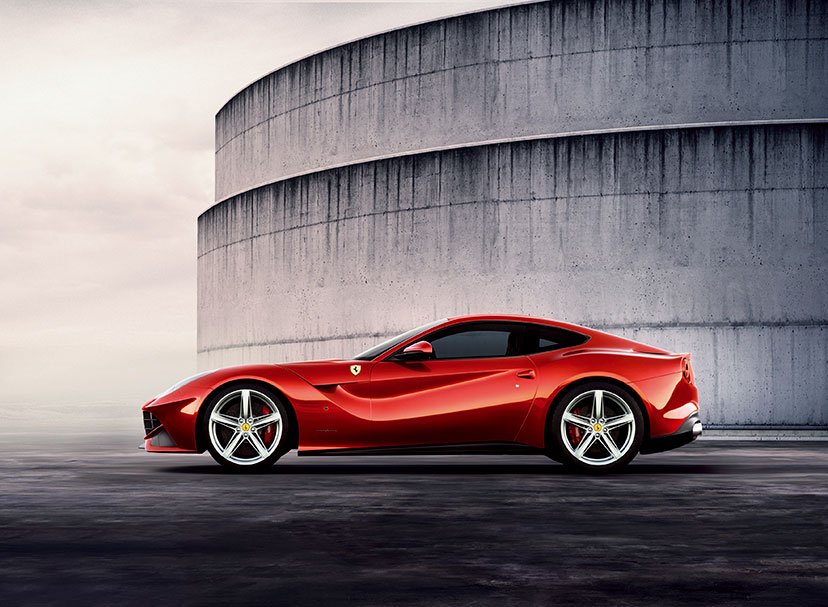
The F12 Berlinetta had a compact exterior and a 6.3 litre Ferrari V12 engine, with a drag coefficient of just 0.299 while also generating 271 pounds of downforce at 125 mph.
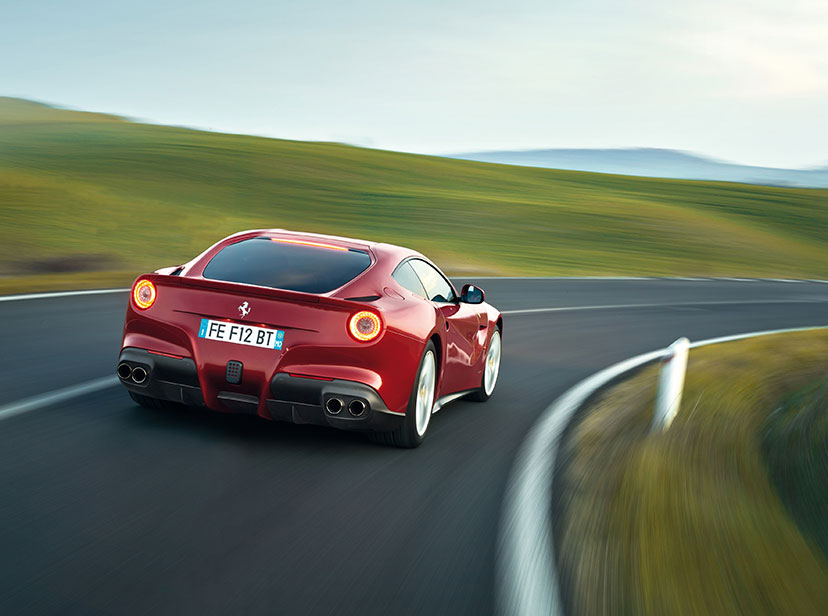
The world certainly took notice of this innovation. In 2013, this V12 engine took home the Best Performance and Best Engine above 4.0 litres awards at the International Engine of the Year Awards.
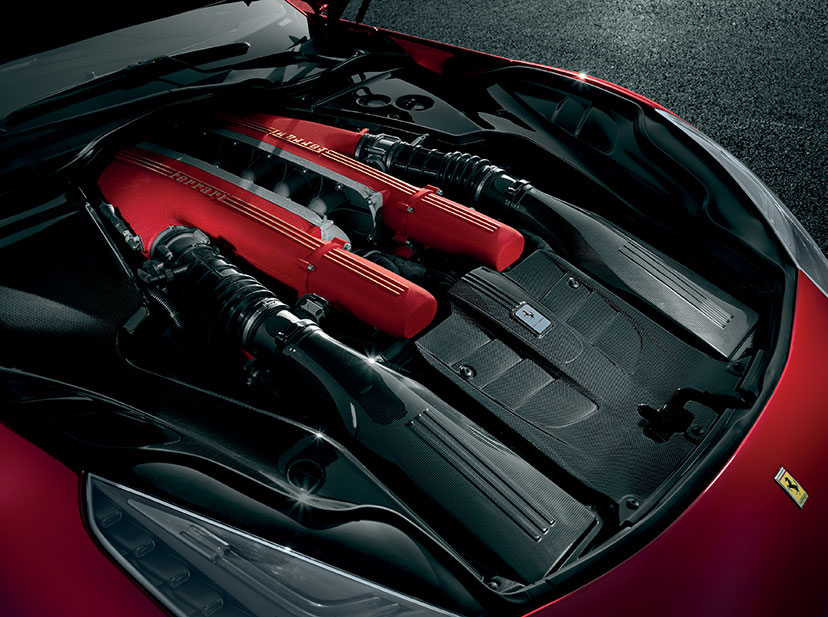
The F12 was also named “Supercar of the Year 2012” by car magazine Top Gear. In 2014 it was awarded the XXIII Premio Compasso d’oro ADI.
812 Superfast
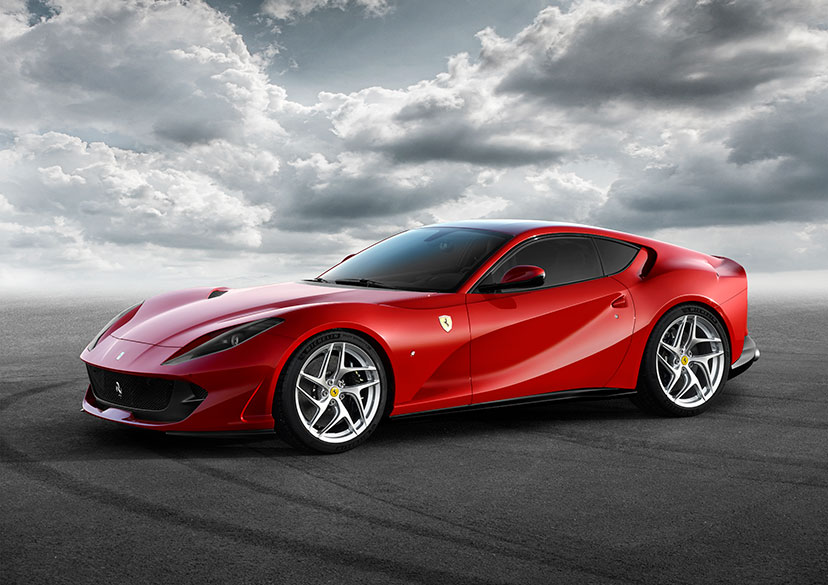
Fast forward to the present, the 812 Superfast today ushers in a new era in Ferrari 12-cylinder history, building on the legacies of the F12 Berlinetta and the cars before it.
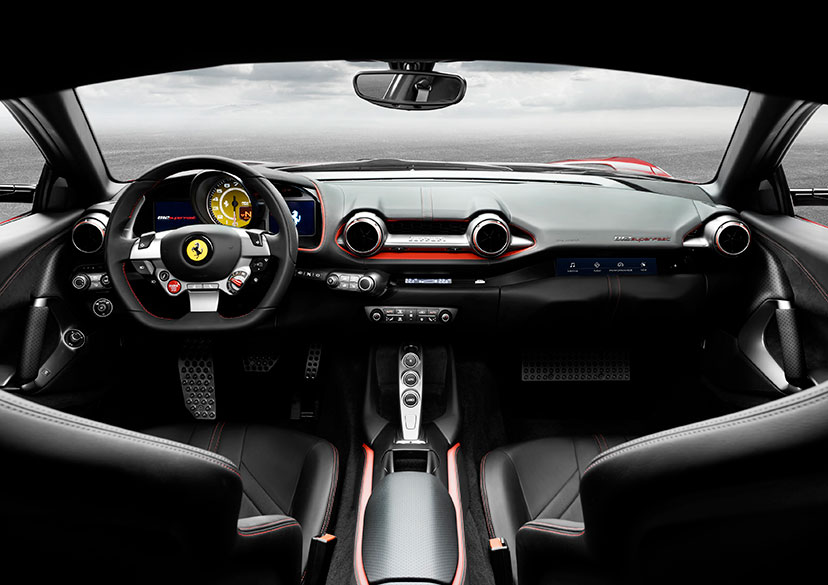
Powered by a new 6.5-litre V12, the 812 Superfast has a maximum power output at 8,500 rpm, which ensures the kind of thrilling top-end performance that is the exclusive characteristic of Ferrari’s V12s.
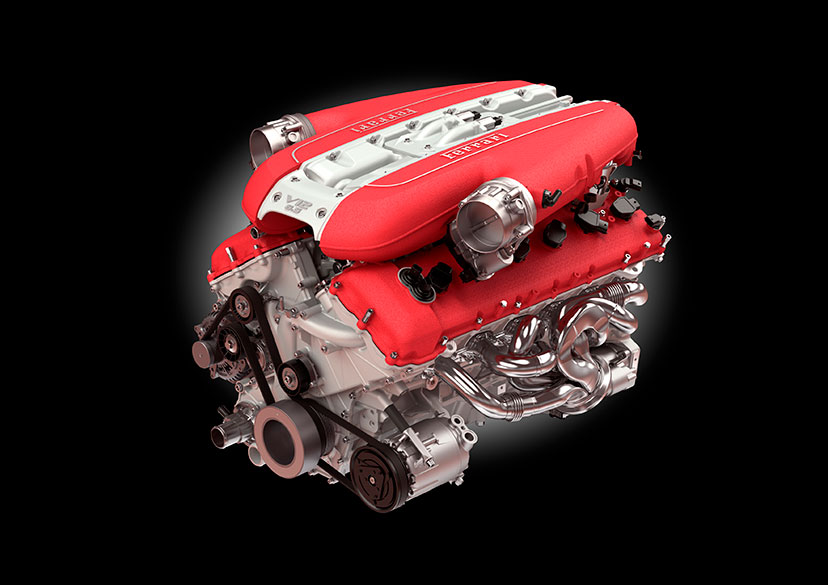
It is also the first Ferrari to introduce Electric Power Steering (EPS) and has a maximum torque of 718 Nm @ 7,000 rpm, a significant 80% of which is already available at 3,500 rpm.
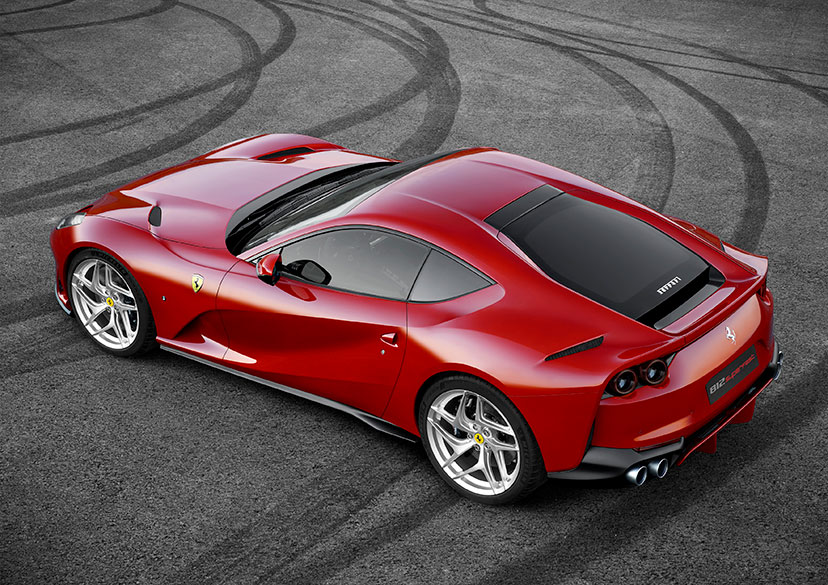
So there you have it, a brief summary of the Ferrari V12 history. It is just one example of Ferrari’s legacy in innovation and with the success of the 812 Superfast we can expect the V12 to continue to raise the bar.
For more information on Ferrari in Kuwait, visit Ferrari Al Zayani or follow them on Instagram.





